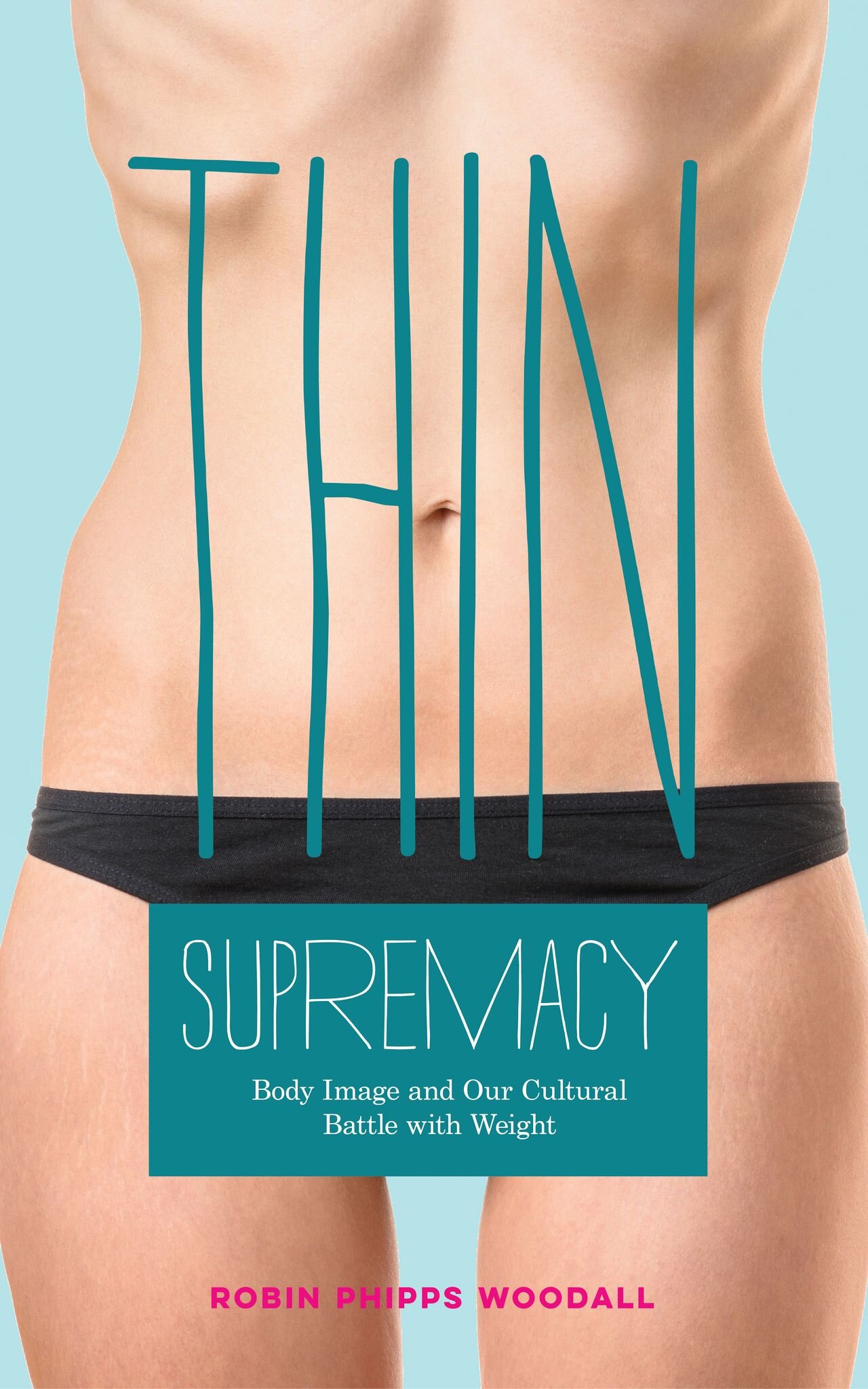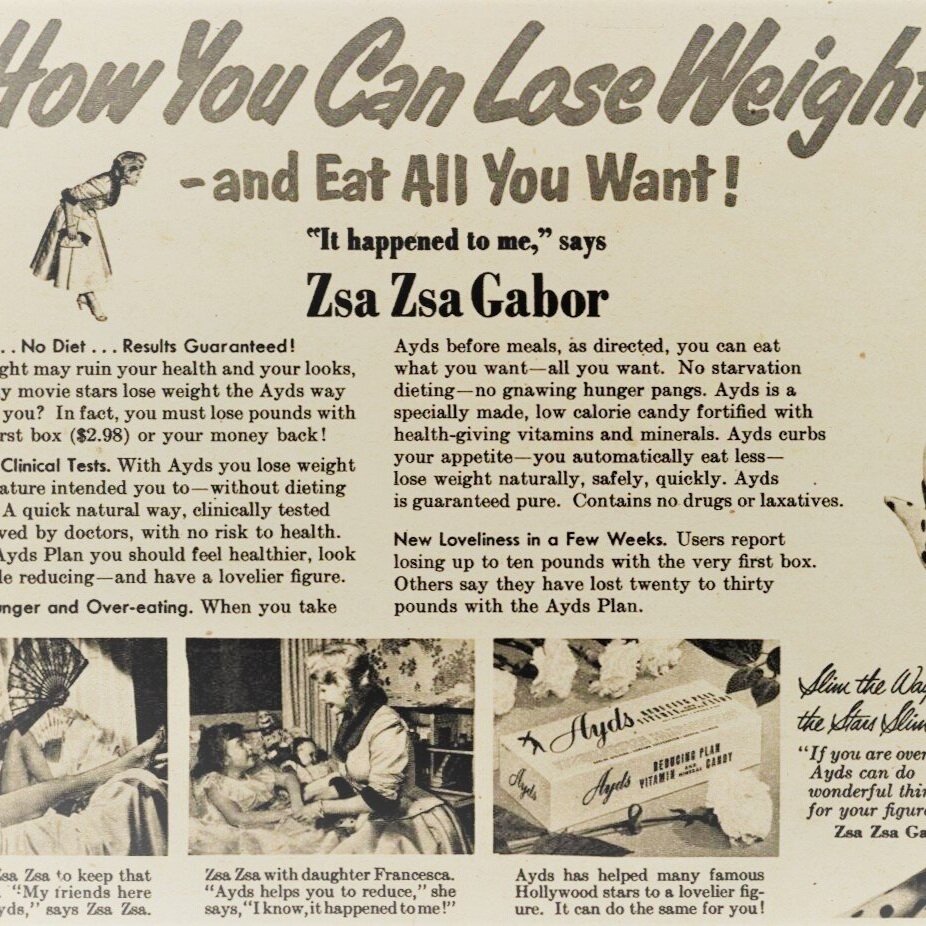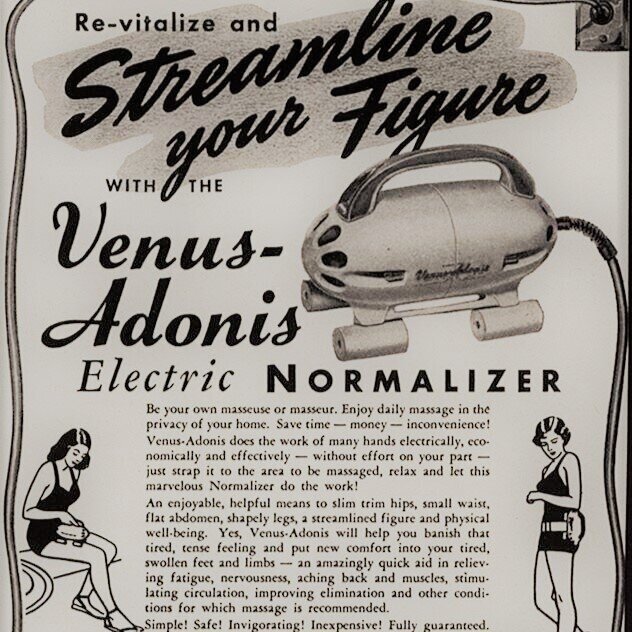For thousands of years, cultures have pushed physical ideas and concepts of the body as a way for people to achieve superiority and success. Like foot binding to make feet smaller, or the use of corsets to minimize waist size, many of these body images result in painful disability and disfigurement. Today the “superior” body being pushed comes from ideas of health and attractiveness as seen through images of ultra-lean thinness. Author Robin Phipps Woodall calls this “the culture of thin supremacy.”
In Thin Supremacy, Woodall connects the individual’s drive to achieve superior body images to human survival instincts, compelling people to fit in as a way to be viewed as worthy of love and inclusion. Unfortunately, as images of worth based on thinness have become more and more unrealistic, sadly this is on the rise: people suffering from emotional issues stemming from shame about their body. Woodall confronts the culture of thin supremacy—and encourages the reader to question their beliefs about body image.
If you as the reader are looking for something more lighthearted to read, the entire Thin-Supremacy series is not for you. If you’re looking to study and better understand the complex issues that underly body image, emotional eating, obsessive dieting, disordered eating, and eating disorders—this series of books might be what you’re looking for.
READ EACH CHAPTER SEPARATELY
Chapter 1
The Battle with Weight
Chapter 2
Thin Supremacy and Foot Binding
Chapter 3
The Unintended Consequences of “Healthy Weight”
Chapter 4
An Industry Capitalizing on Shame
Chapter 5
Maslow’s Hierarchy of Needs and Survival Mode
Chapter 6
When "Feeling Fat" Feels Like Danger
Chapter 7
Shame, Stigma, and Wanting to Hide
Chapter 8
Chasing the Mirage of Thin Supremacy
Chapter 9
Who Are You if You Don’t “Fit In?”
Chapter 10
Recovering Your Worth from Body Image










